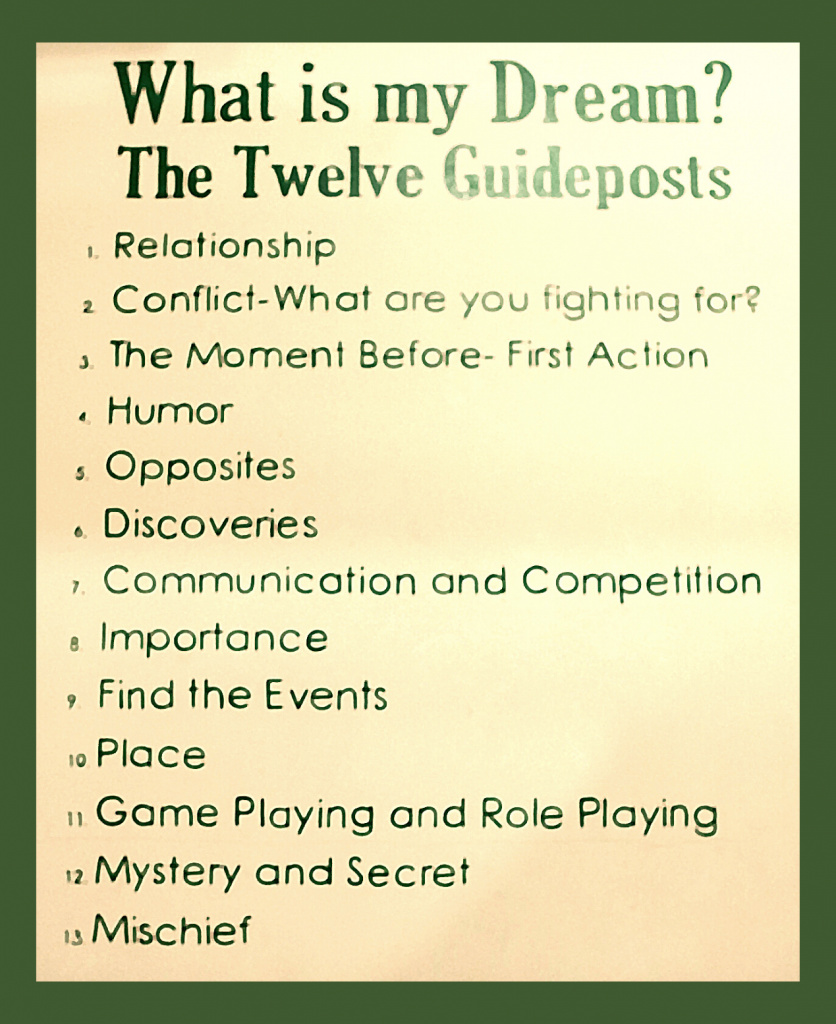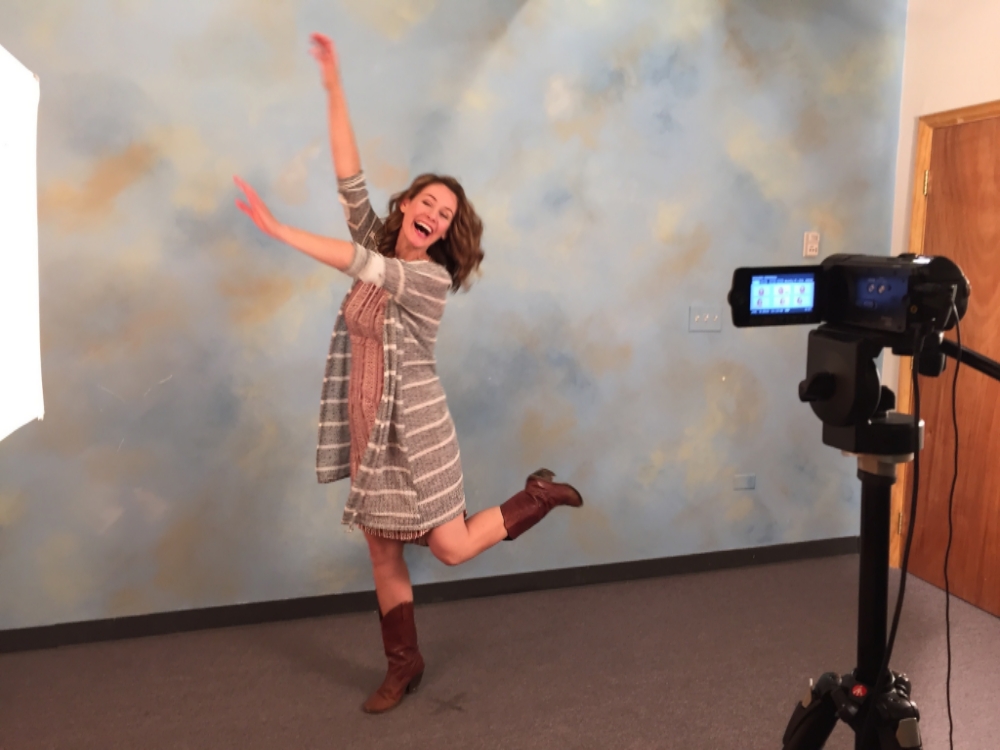Got a co-star audition and not sure where to begin? Well, welcome to the right place!
These 7 tips will help set yourself up for success so you can nail your co-star audition.
1) UNDERSTAND YOUR FUNCTION IN THE SCENE.
Co-star roles in television, and featured roles in film, are considered functionary roles. A functionary role – you guessed it! – serves a function in the telling of the story.
These roles are written to:
- Move the plot along.
- Add to the reality/believability of the environment.
- Help the main character
- Hinder the main character
- Reveal something about the main/ or secondary character.
For your co-star audition, it’s important to understand why your character was written into the script, and what purpose they serve to progress the story.
Knowing this information and understanding your purpose will give you the confidence to make clear and specific choices that help you book the gig!
2) BE BELIEVABLE IN THE ROLE
This may seem like the most obvious acting tip ever, but bear with us!

Functionary roles are usually characters who are on the job in some way. Regardless of what that job is, make sure you appear to be good at it – or at least good enough that someone would pay you to do it!
Remember, functionary characters are there to further the story and add to the reality/believability of the environment. This doesn’t work if the actor has no idea what they’re doing in the job! A barista who can’t pour coffee will definitely distract from the scene more than add to its believability.
It’s easy to default to “niceness” in order to act like a “good employee”. This doesn’t always make for the most interesting choice or the most believable representation of someone on the clock.
If you’ve ever been a cog in the machine of capitalism, you’ll know that it is nearly impossible to be an employee who is constantly happy, radiating sunshine and rainbows, and still getting their work done! Instead, start from a place of efficiency and helpfulness, and layer on from there.
3) ADD A POINT OF VIEW

Now that you know your function within the story, and are believable in the job, it’s time to layer in a “point of view”.
This point of view can be anything from personal history, a specific discovery, or even some type of mystery/secret (Guidepost 12!) about yourself or the character with you in the scene.
As a functionary character, the scene isn’t about you. How devastating! However, its still important to give your functionary character a point of view. This will make for a more dynamic performance. It will also help you, the actor, get out of your head and feel more grounded in the scene.
Maybe you have a huge crush on your married boss? Scandalous! Maybe you just won $100 in a bet with a coworker? Dream big!
This is the time when you get to be creative and bring some more of yourself and your imagination to the work. Just make sure not to make any choices that distract from the storytelling, or that would get the person you’re portraying fired from their job…
4) EXPLORE RELATIONSHIP
One of the most important things to consider is your relationship with the other people in the scene.
The way a barista interacts with a regular customer, who’s been coming in every day for years and ordering the same coffee, is going to be completely different than the way they interact with a brand new customer who’s never been in the shop before.
If you are in a scene with a “stranger”, consider how you feel about them, how that influences your interactions, and what choices you can make to reflect this relationship.
5) CONSIDER YOUR ENVIRONMENT
Where you are physically, and your relationship to that space, is an incredibly important thing to consider when approaching a co-star or featured role. Environment is so important for actors that Shurtleff dedicated an entire Guidepost just to “Place”!
Think about where the scene takes place and how your functionary character feels in that environment. Maybe you feel incredibly comfortable here because you are in charge of the space…or maybe the opposite! How does your relationship to this space influence your body, voice, and actions?
When creating your imaginary environment, it’ll be helpful to create another area of focus – other than your partner – to help establish where you are.
Maybe this co-star audition is for a grocery store employee checking on how the shelves are stocked… or a restaurant host waiting for guests to walk in the door. Just remember to be specific, as specificity is the key to good acting.
6) HAVE A BEGINNING, MIDDLE, AND END
Having a well-thought-out beginning, middle and end will make for clear storytelling and a well-crafted co-star audition.
Make sure there’s life before and after the scene – you can’t just be some person standing around waiting to say a line!

Remember to be alive and active in the space in a specific way before the camera is on, and after the camera is turned off.
When in doubt, remember your function in the scene. If it’s to add to the reality of the environment, explore what it’s like to be involved in your job. You may be stocking shelves, preparing to take an order, checking a computer, etc. Just make sure what you’re doing is clear, and that it adds to your audition instead of distracting from it.
7) AVOID PROPS AND MIMING…
Props and miming take the focus off of your acting and put it onto something else – the prop!
You want the person watching your self-tape to think “Wow! What great choices! I like the point of view they added to this functionary character.”
You don’t want them watching and thinking “What’s in that cup? Is it coffee? I want coffee! Oh, I hope they don’t spill hot coffee on themself!” Or “I wonder where they got that shirt they’re folding? That’s a great shirt. That would look great on me.”
Take control of what you can take control of, and don’t let anything unnecessary distract from your work. If you want to do something related to your character’s job during your self-tape, just be sure to keep that business out of the shot. This way, it will still add to your environment and inform your choices, without distracting from your work.
There you have it! 7 tips to help set you up for success when approaching a co-star or featured audition.
Looking for more help with auditions? Click the image below to see Adria Dawn’s incredible acting training video on self-taping!



